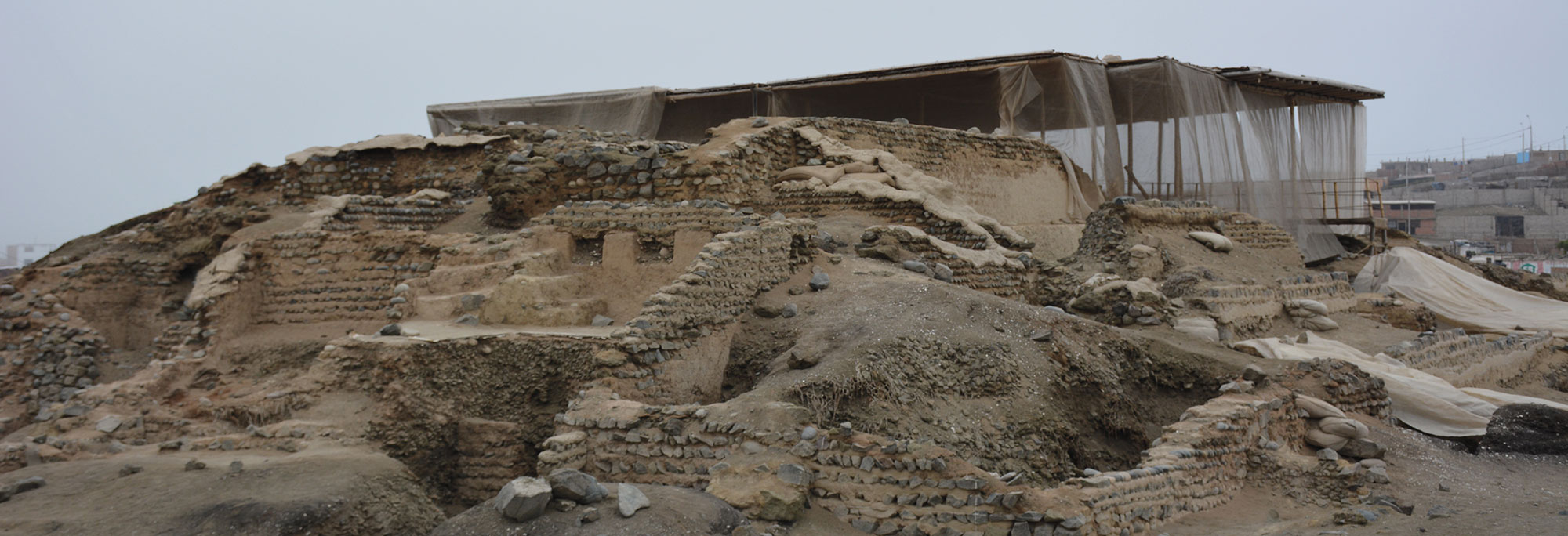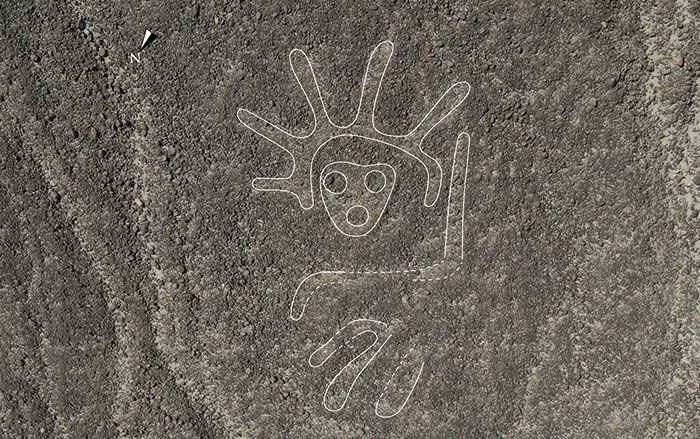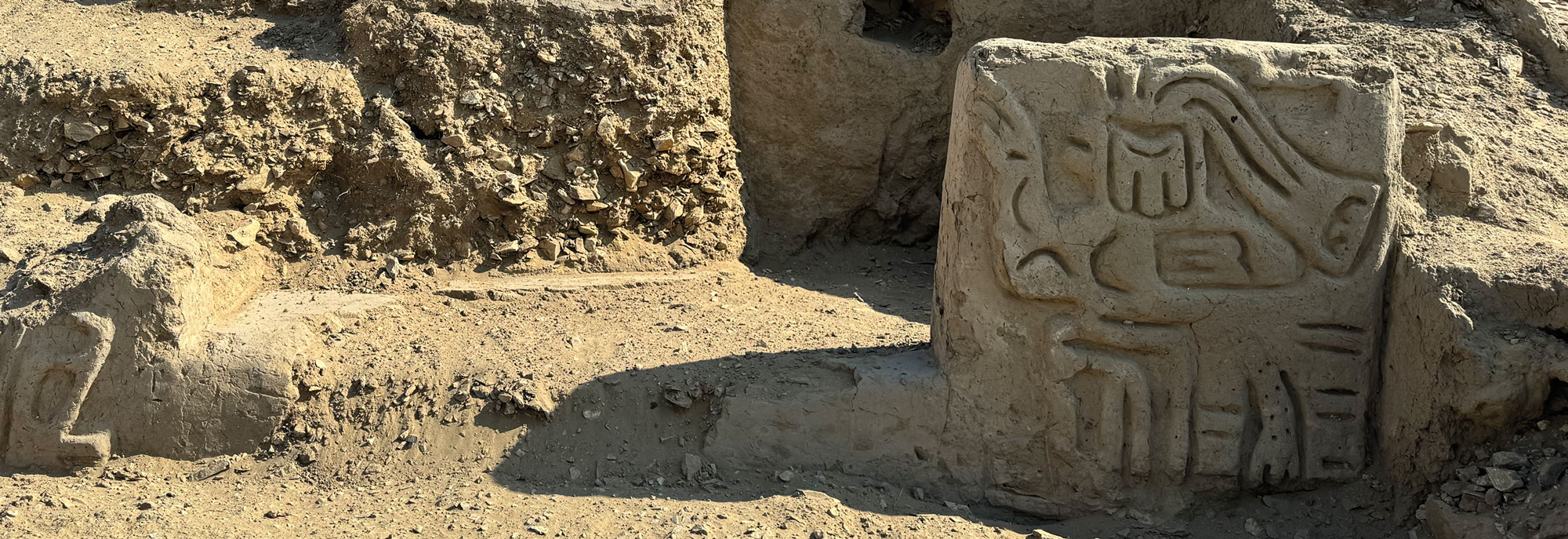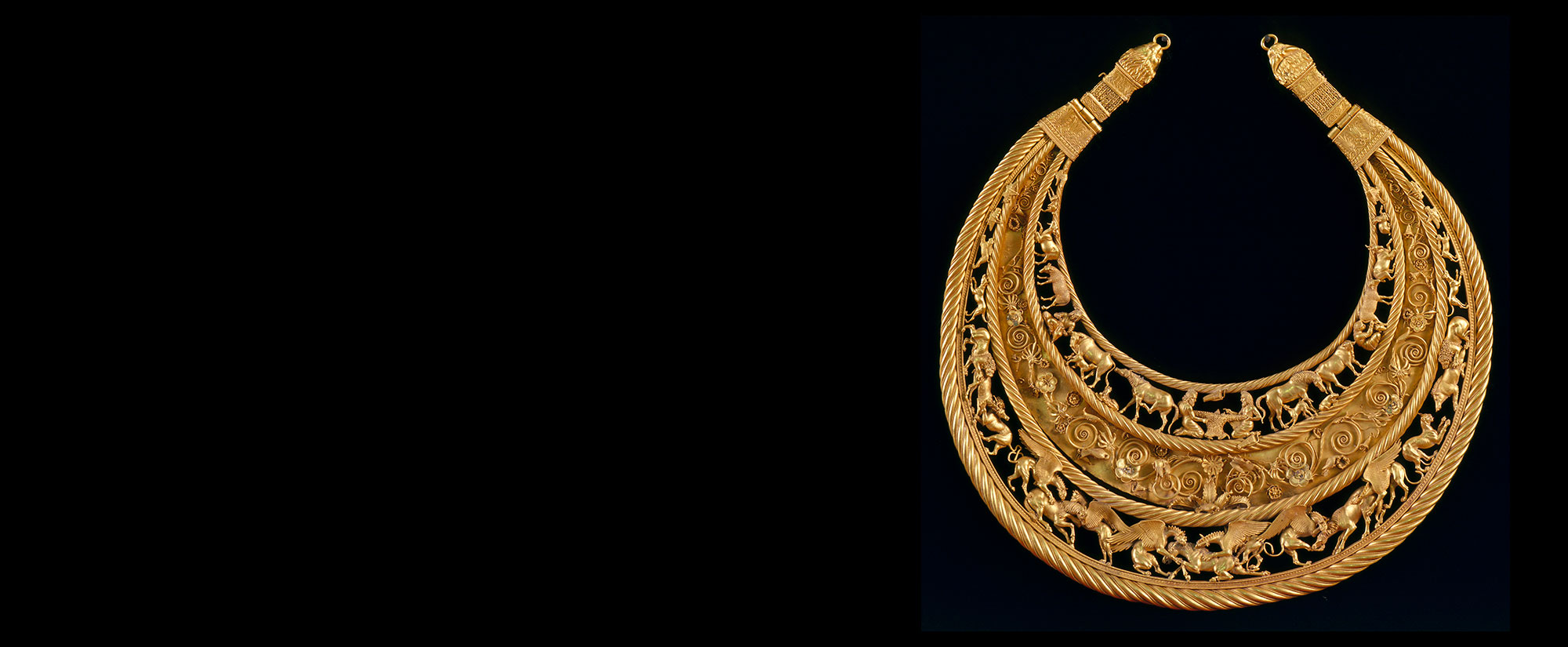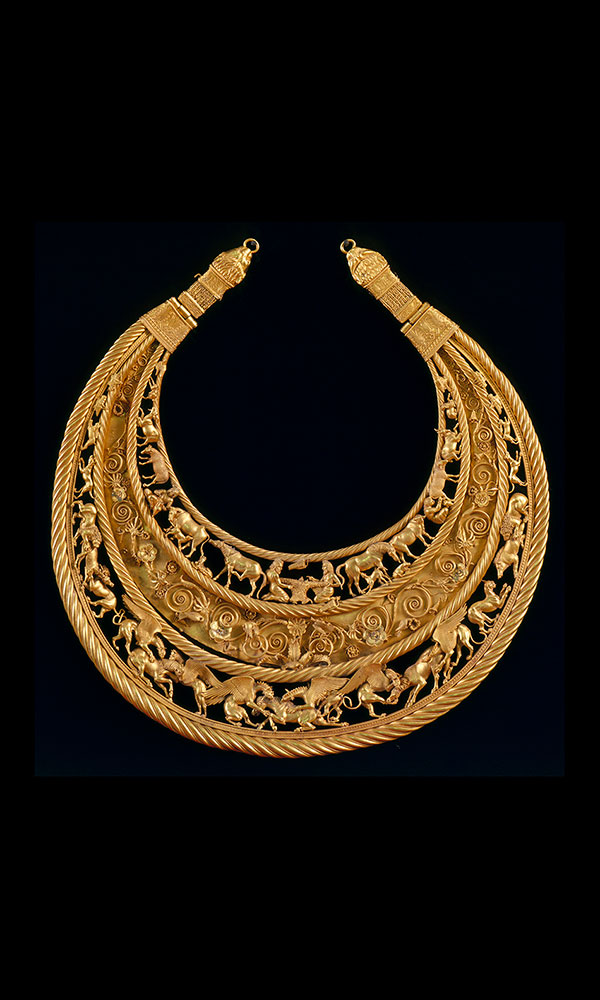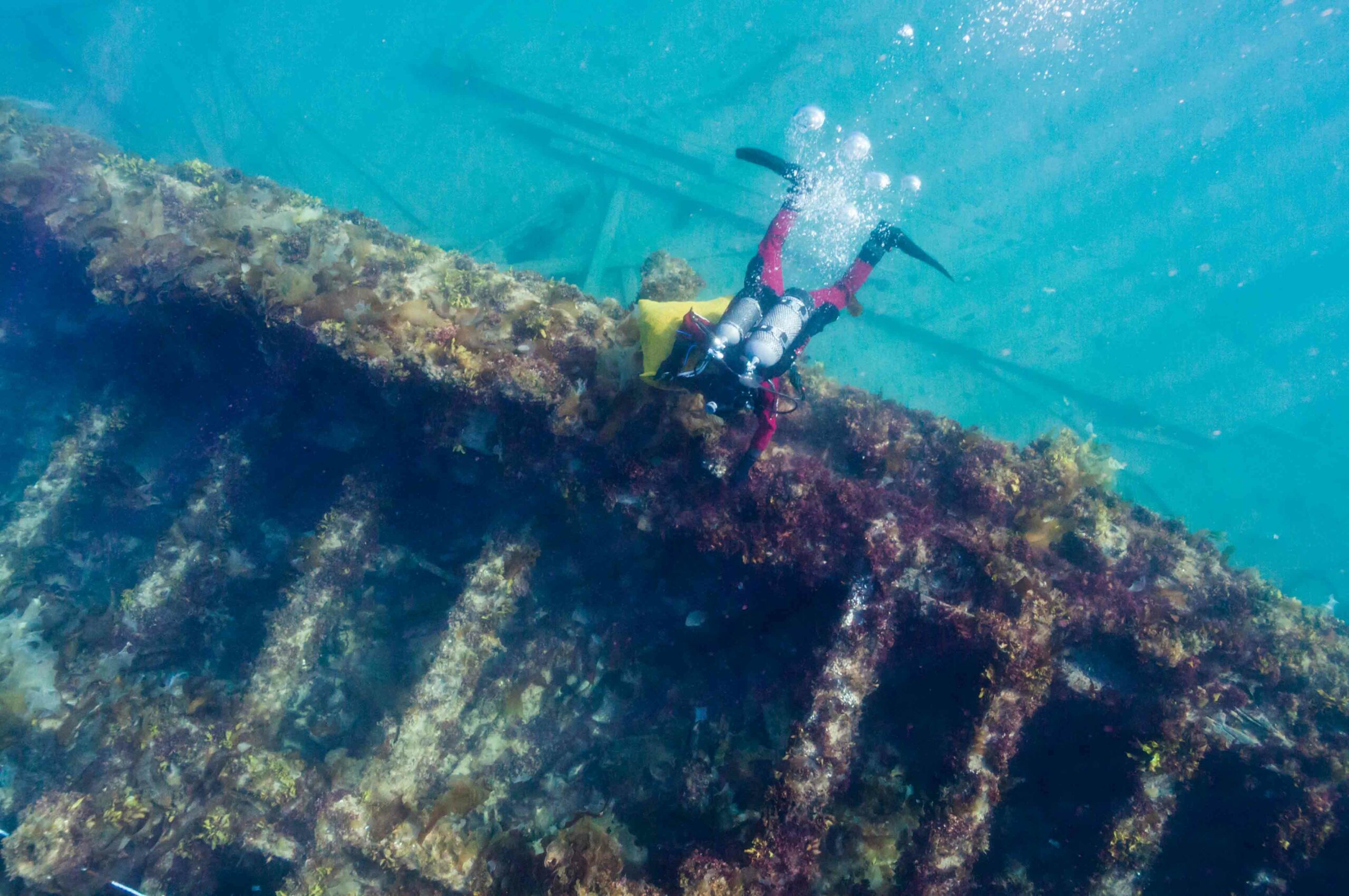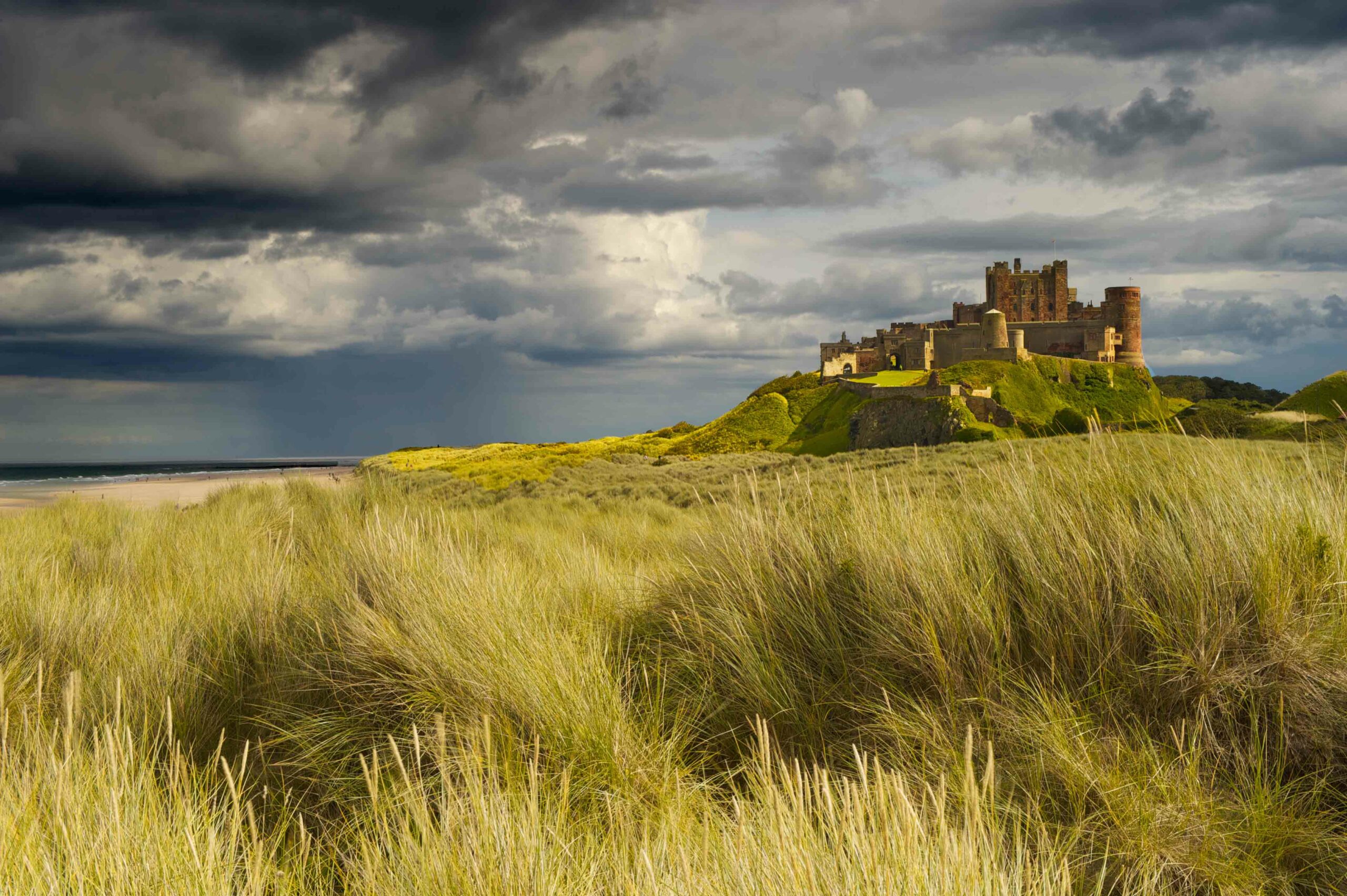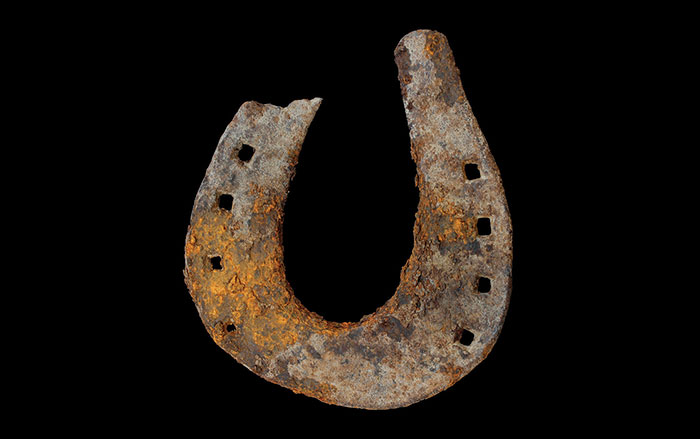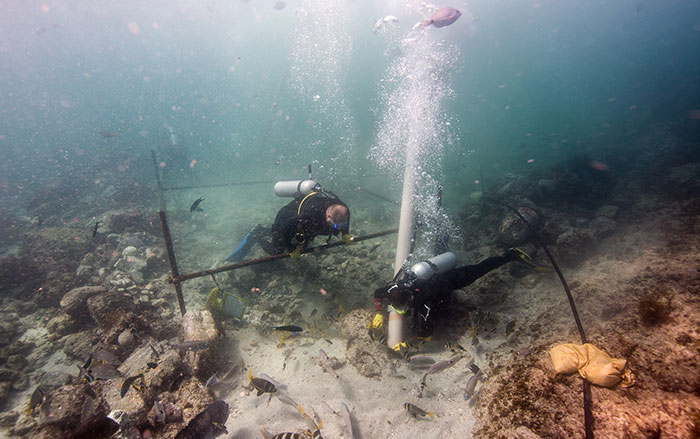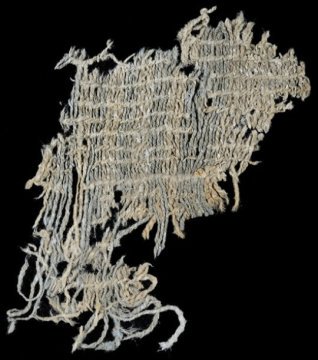
WASHINGTON, D.C.—Live Science reports that Jeffrey Splitstoser of the George Washington University and Jan Wouters of University College London used high-performance liquid chromatography to detect indigo in pieces of multi-colored cotton fabric from Peru’s Huaca Prieta, a temple made of layers of a concrete-like material made from ash, shells, and sand. The oldest scrap of blue fabric is thought to be at least 6,200 years old. When the temple was excavated in 2007 and 2008, archaeologists Tom Dillehay and Duccio Bonavia found that as the temple was renovated between 6,200 and 4,000 years ago, pieces of woven cotton in bundles were sealed in the layers of concrete-like material along a ramp to the top of the structure. The blue color of the textiles appeared when conservators washed away the ash. The first chemical analyses of the samples did not detect any indigo, which produces almost all blue dye in nature, so Splitstoser contacted Wouters, who conducted tests with the more sensitive technique. “That’s when we realized that we had the world’s oldest indigo, by far,” Splitstoser said. To read about use of an early artificial blue pigment, go to "Hidden Blues."


